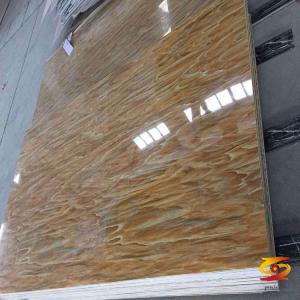The principle of twin screw extruder
The principle of twin screw extruderFrom the point of view of motion, there are co-rotating, counter-rotating and non-meshing types in twin screw extruders. Co-rotating twin screw extruders are available in low speed and high speed. The difference lies in the planning, operating characteristics and application areas of the two extruders. The former is mainly used for profile extrusion, while the latter is used for special polymer processing.
Strictly meshed extruder is a low speed extruder, which has several shapes of tightly meshed screw. The shape of the screw edge of one screw closely matches the shape of the groove of the other screw, that is, the shape of the conjugate screw. The screw of the tight meshing co-rotating (CICO) twin screw extruder is typically a few, the screw shape of the tight meshing co-rotating twin screw extruder has a few shapes, and the screw of the tight meshing co-rotating twin screw.
The cross-section of the extruder's meshing area seems to show an excellent seal between the two screws, but the cross-section of the meshing area shown in Figure 3-10 shows a large gap between the screw grooves of the two screws. Open space (area II). As a result, the transport characteristics of tightly meshed co-rotating twin-screw extruders are not as positive as that of tightly meshing counter-rotating extruders (CICT).
Tightly meshing co-rotating twin-screw extruder can theoretically be designed to be fully meshed with screw grooves in the transverse direction, but cannot be sealed in the longitudinal direction. It is necessary to open it, otherwise the screw will not mesh. It is necessary to design the screw groove width to be larger than the screw rib width, so the co-rotating twin-screw extruder has sliding type engagement.
If you want to know more about it please do not hesitate to
contact me. WhatsApp:+86-15966835076.








